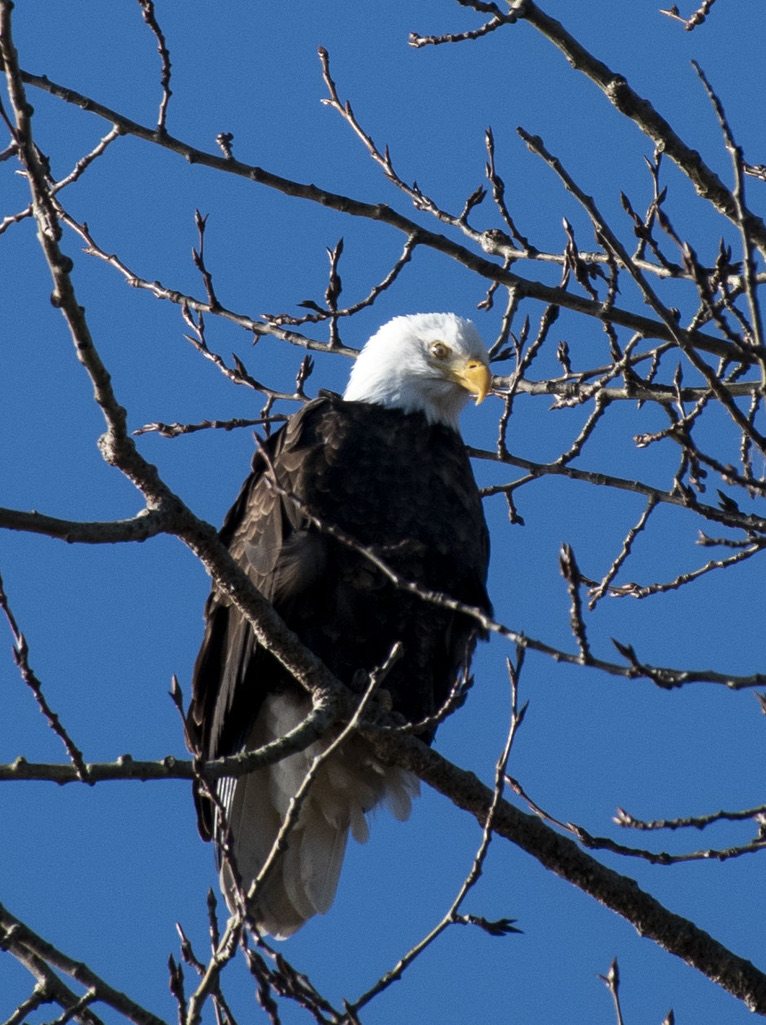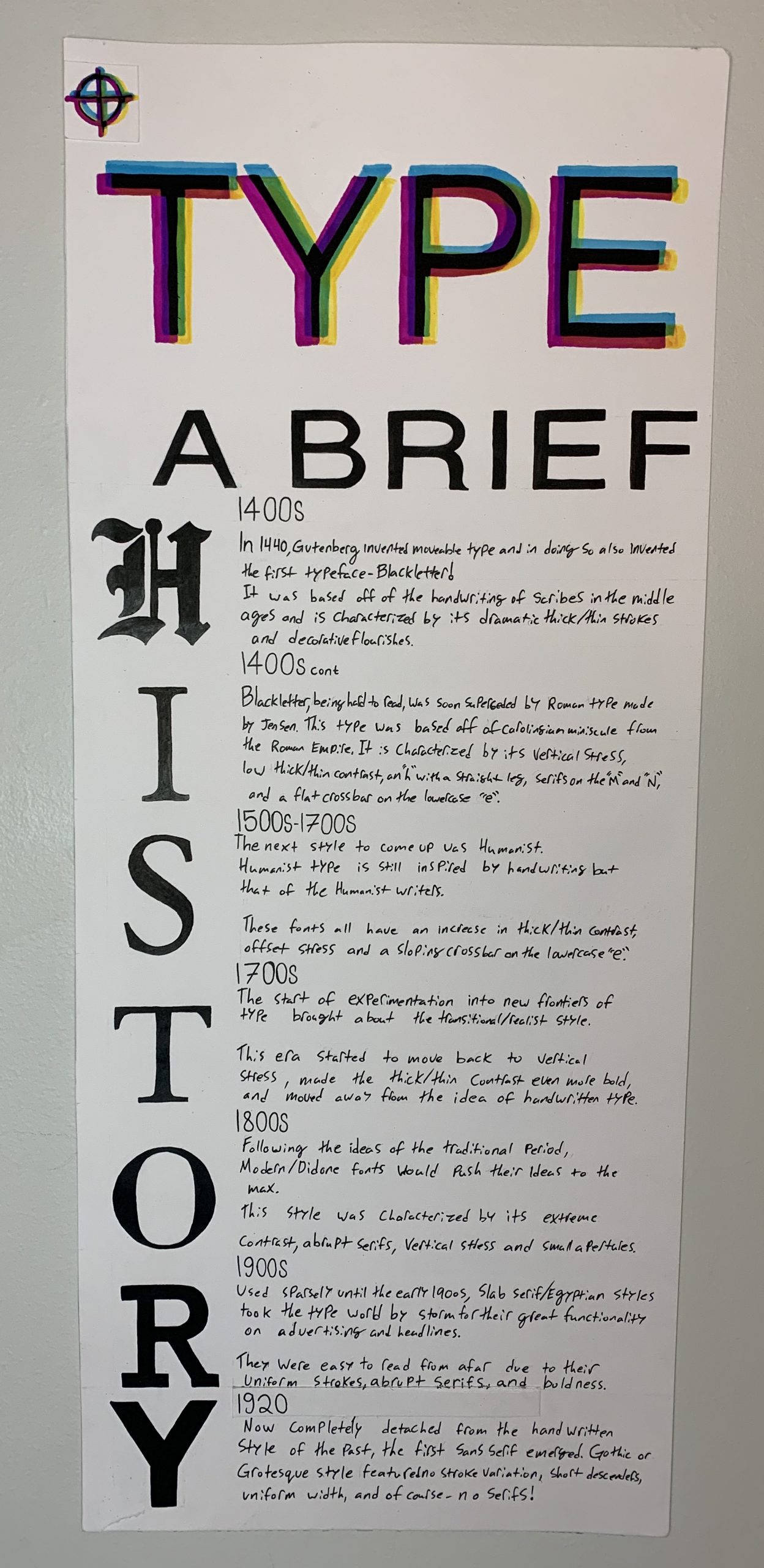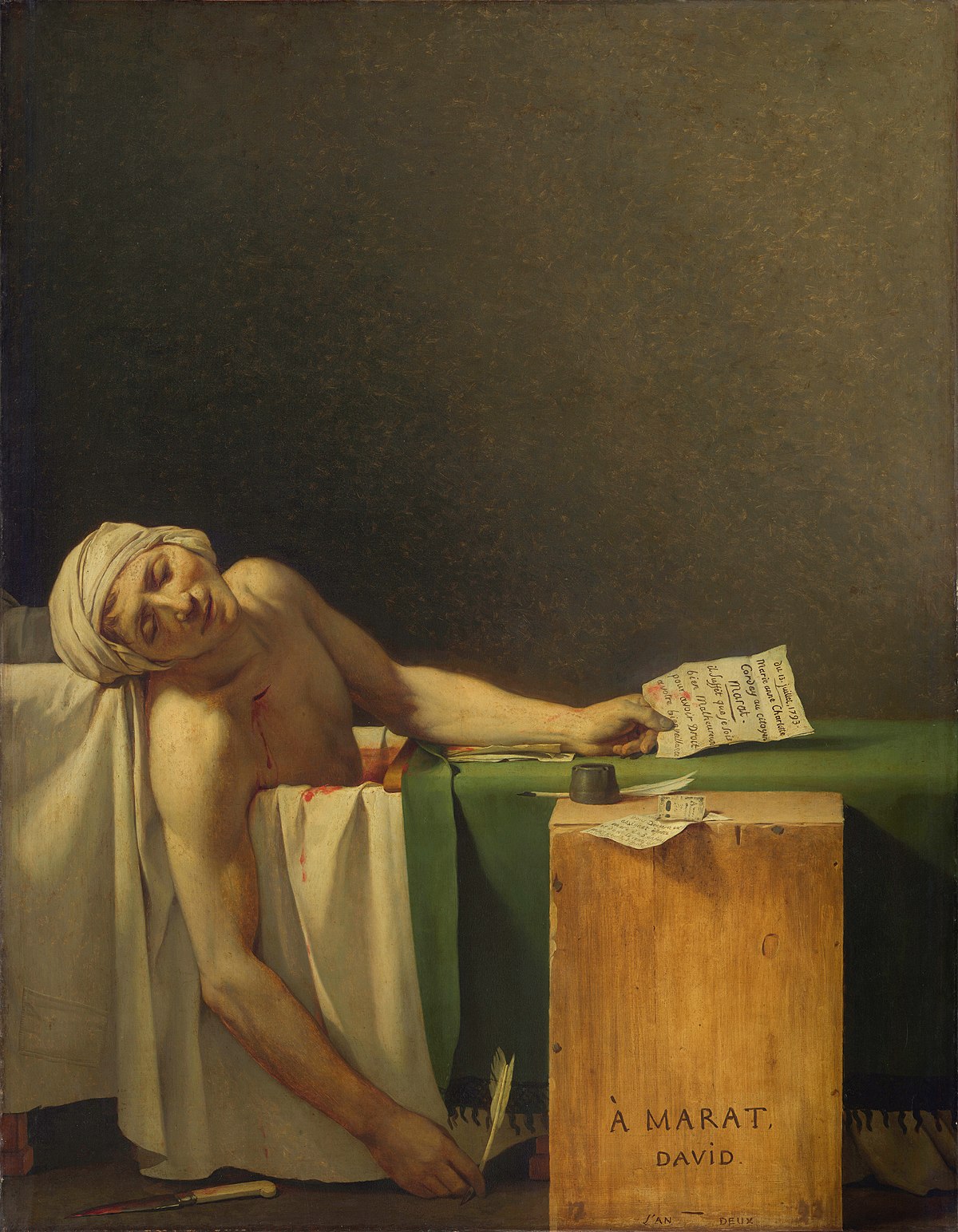Water Story ENG 100

MY WATER STORY
Recently, I have taken up the hobby of wildlife photography, and more frequently than not this hobby leads me to water. Two weeks ago, I went to Stanley Park to try to get pictures of the goslings and various birds that are in the area currently and set up on a bench with a good view of Beaver Lake. The air was crisp, and the weather overcast so shooting conditions weren’t great, but I was determined to go home with at least one good capture to show for my efforts.
Scanning the area, I noticed a family of geese fishing in the reeds across from where I was sitting and quickly raised my viewfinder to my eye. I knew the photos wouldn’t be anything special, but it was a start, so I focused in and had my finger hovering over the shutter button waiting for the geese to raise their heads. Seconds stretch and feel like minutes, my finger shakes in anticipation, until suddenly, the geese get riled up and start yelling to the heavens. The cacophony of honks is accompanied by the parent geese taking to the air, as if possessed. I sat there confused but still looking through the viewfinder trying to figure out what was happening when a large shape dived the lake sending ribbons of water into the sky right beside the goslings. I lowered the camera so I could get a better look at the situation and saw the geese in pursuit of the culprit, an eagle on the hunt!
The eagle continued to circle the area and dive the goslings, looking for an easy meal, but the parents were on a warpath and were close behind every move it made. The goslings were going crazy, diving under the water, and darting around in the reeds, scared their lives may end before they had a chance to truly start. As the geese chasing the eagle, and the goslings start to tire, the odds looked more and more in the eagle’s favour as the swoops got closer and closer to landing their mark.
As all hope seemed lost, a gaggle of geese came out of the sky and locked their sights on the enemy. The newly arrived geese managed to catch up to the eagle and drive it away from the area. Within seconds the geese were back to grazing in the lake and the water was still. My visit ended with me walking away with no photos, but an experience that will be linked to the lake forever.










Recent Comments